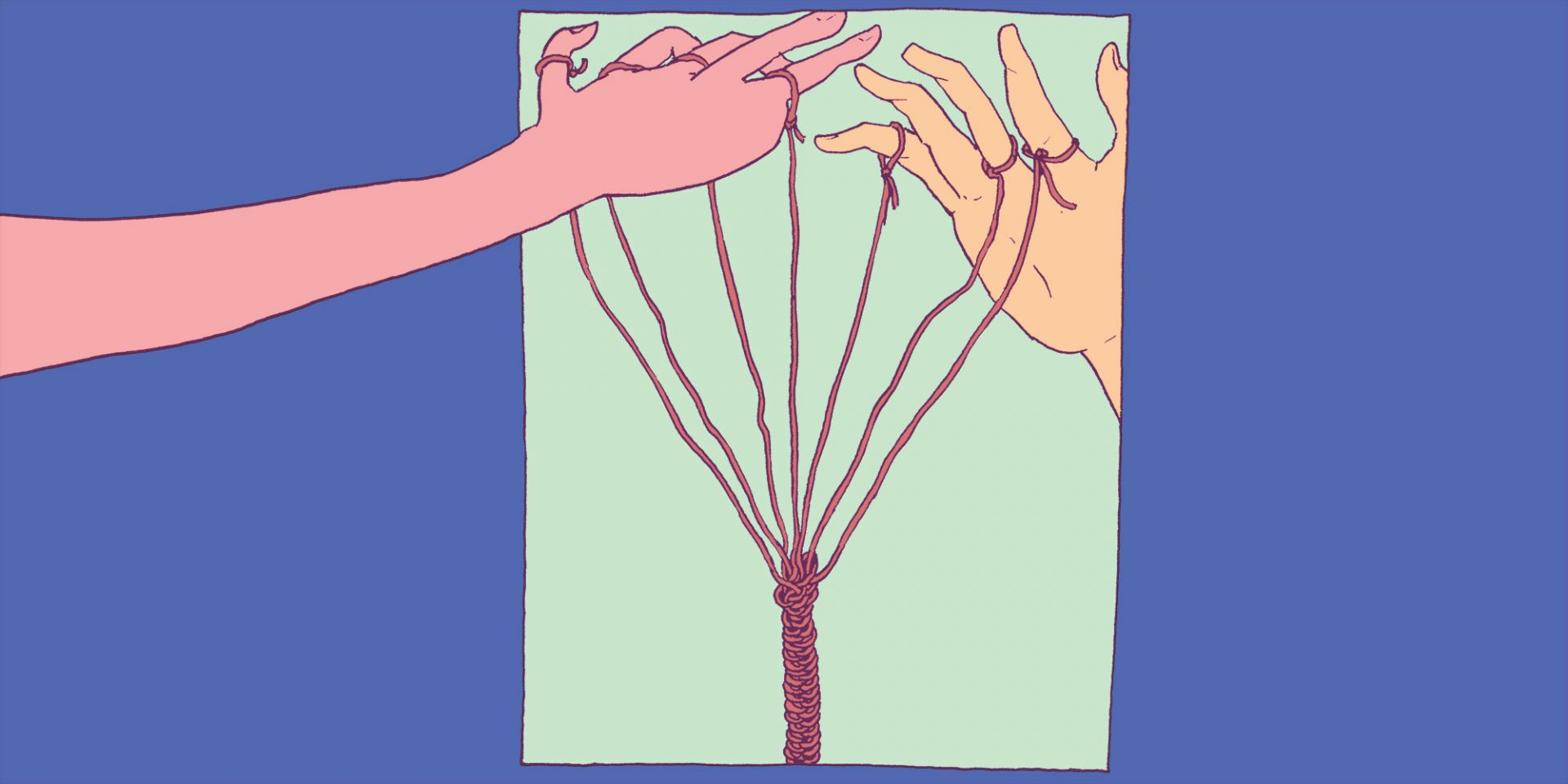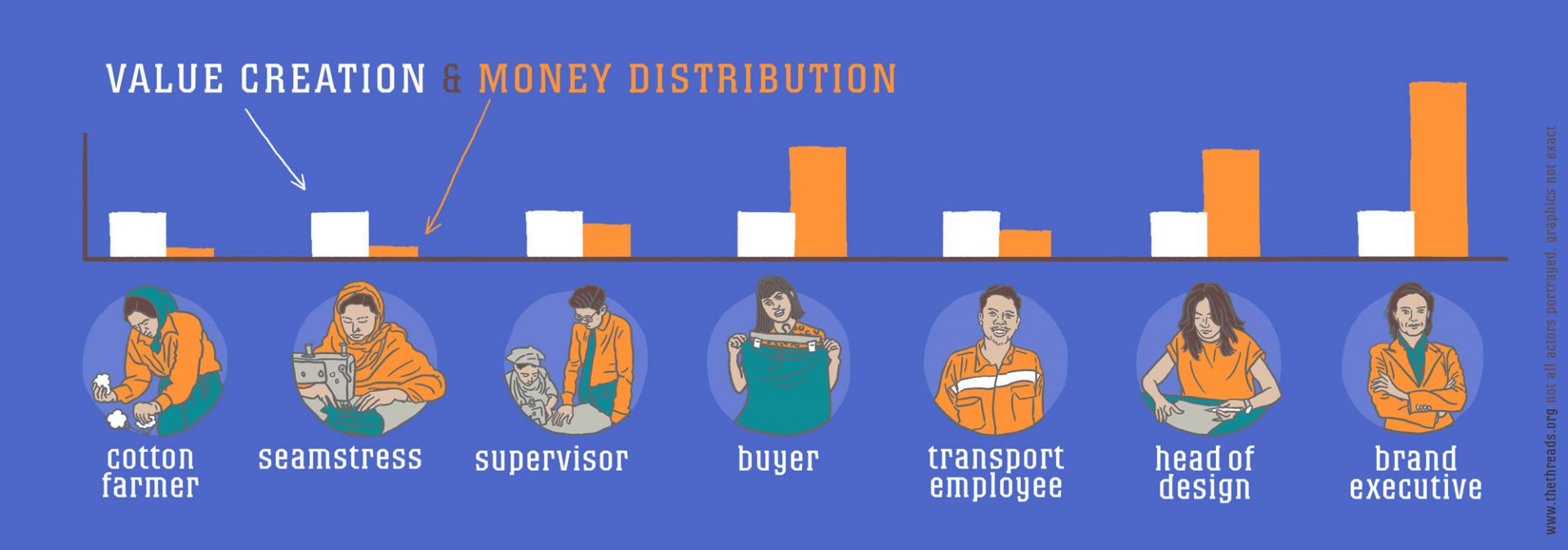
Garment workers often have very little say in their own working conditions. And the communities around the factories, whose living environment is hugely impacted by the garment industry, often have no say at all. But factories, even though they are the formal employers of garment workers, usually do not control prices, delivery times and order flows. These lie with the brands that design and order the clothes.
The power of the brands, however, is also often fragmented. By the fact that they are only one among many of the factory’s customers. By the market at the consumer end. By investors enforcing profit maximisation at all cost. And also by governments failing to create a level playing field for those brands that want to do better. And so all actors keep pointing towards each other for a solution.
Another complicating factor – part cause, part effect of the imbalance of power in garment supply chains – is the unfair distribution of value. While all actors in the value chain contribute to making the final product, the differences in how they profit from it are immense:

In this Thread, we explore how value chain structures within the garment industry are blocking positive change, and what new models are emerging to address that.

